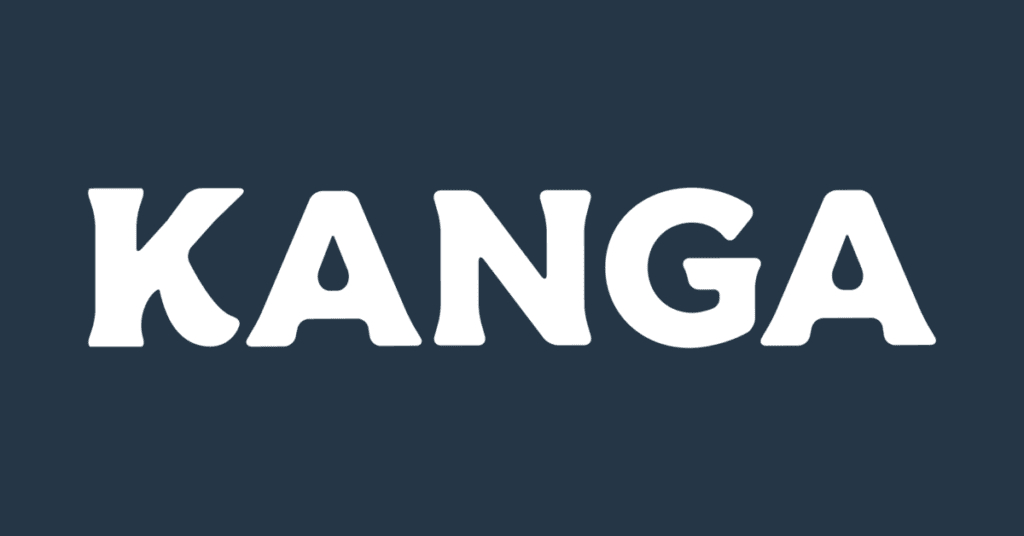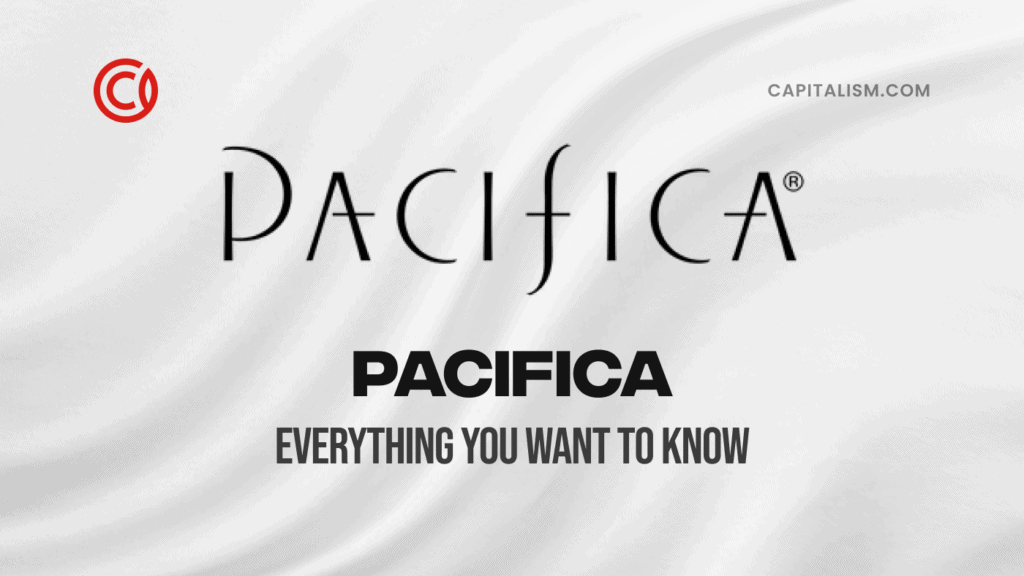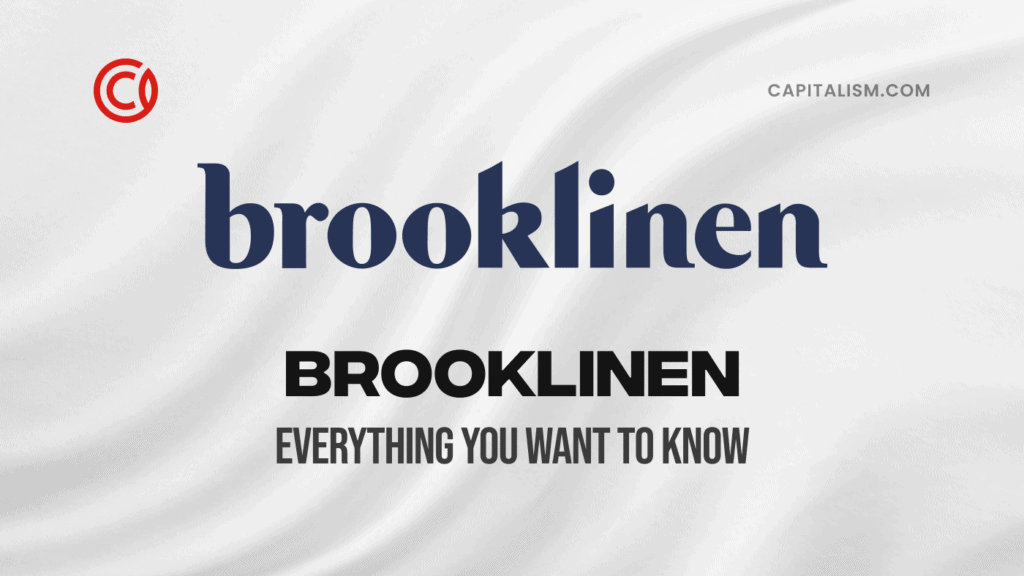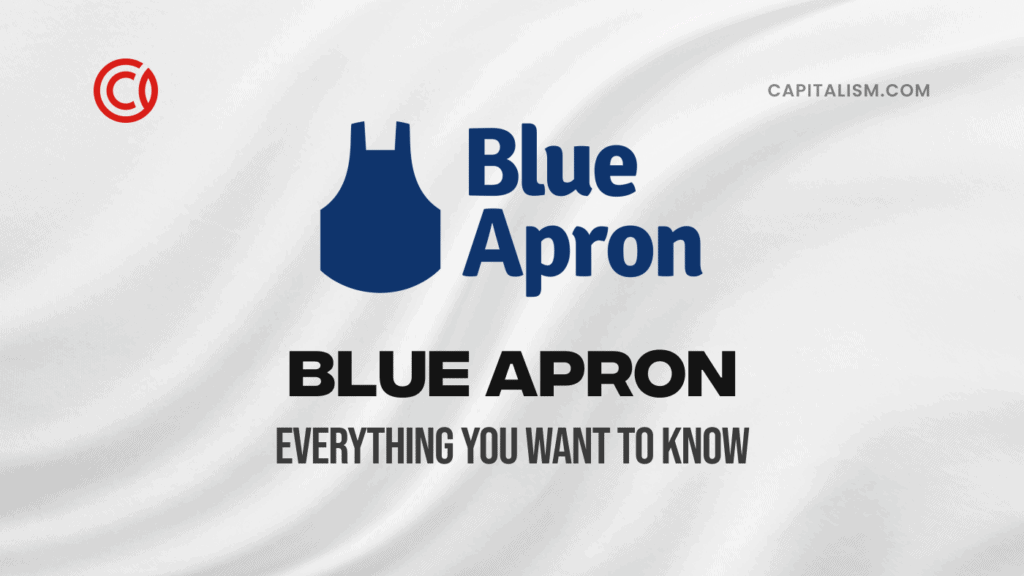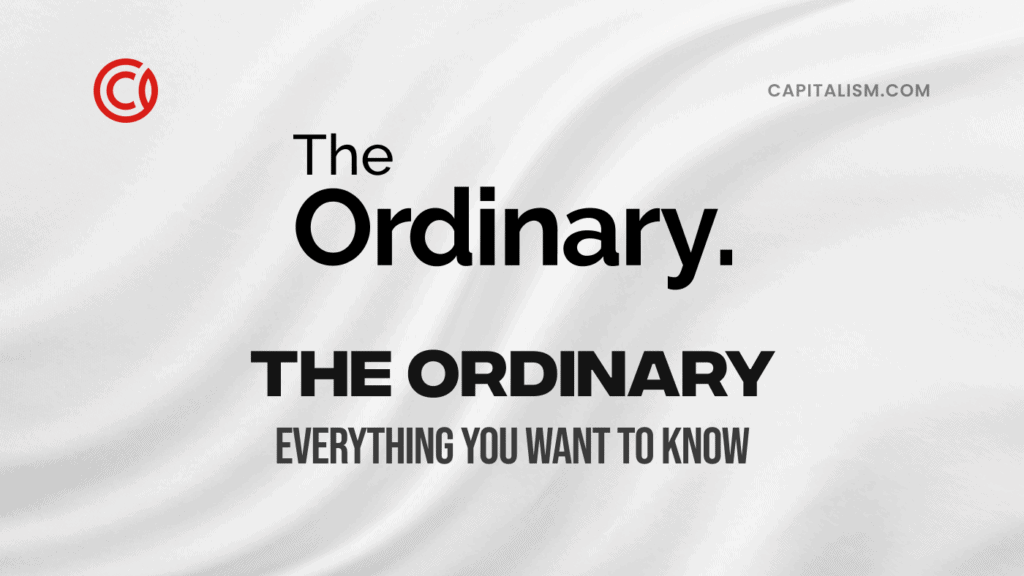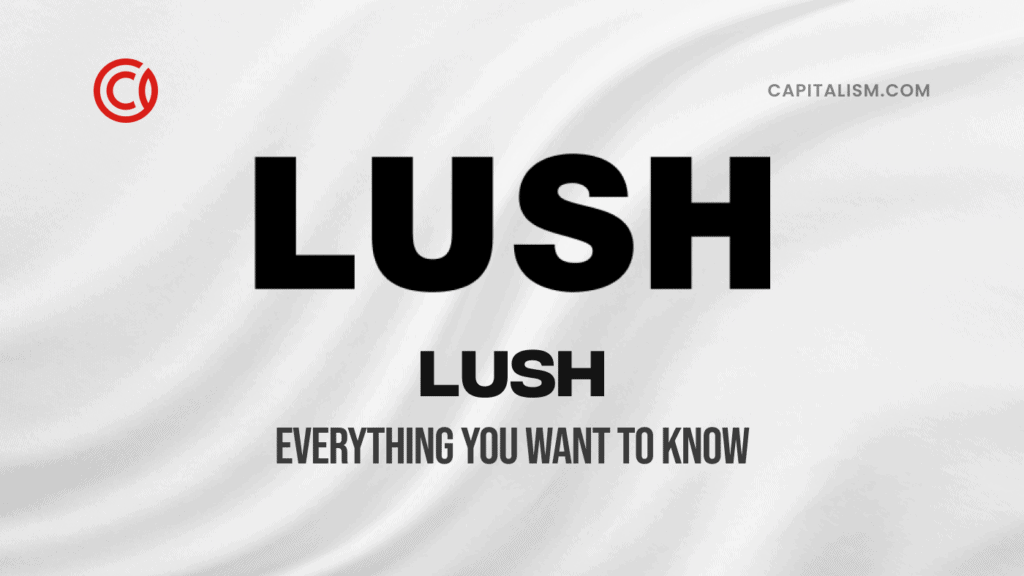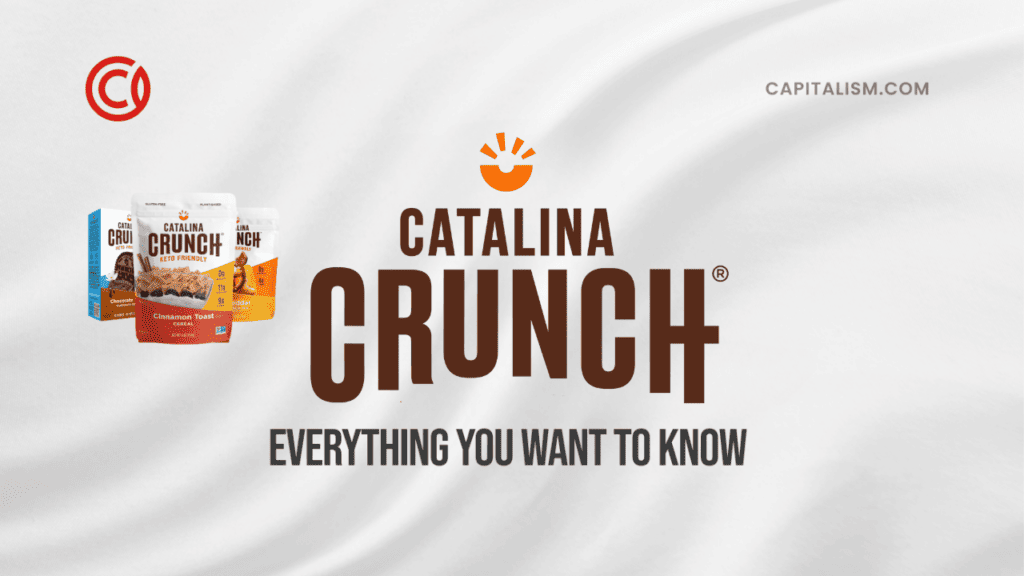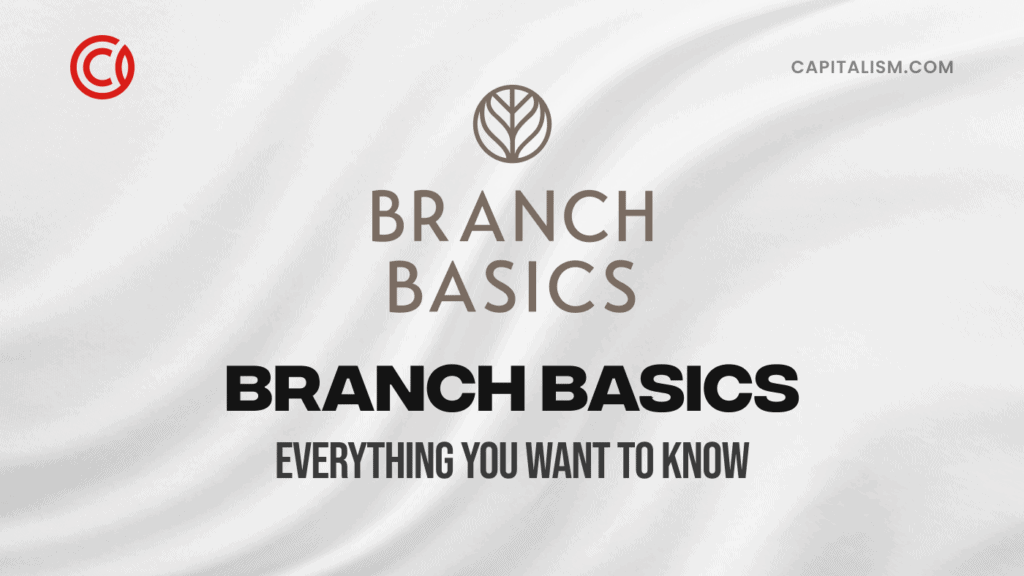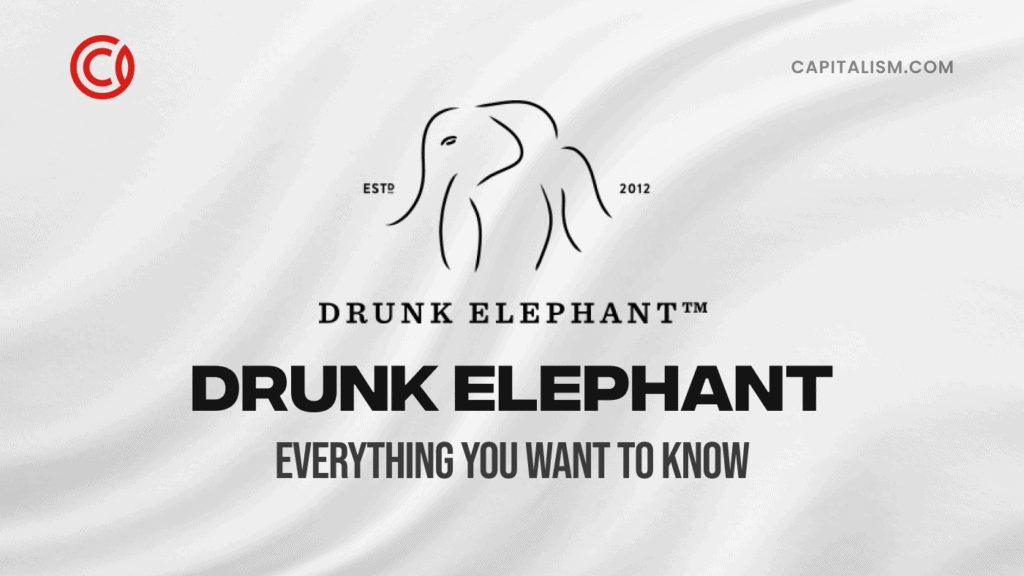Warm beer doesn't typically equate to inspiration. But for marketing majors Logan LaMance, Teddy Giard, and Austin Maxwell, a group project at Clemson University helped them solve the warm beer problem and build a 7-figure business. You'll find out how Kanga launched, funded, landed a shark, and beat the inventory crunch for good. Plus, see what the founders learned about content creation and social media marketing along the way.
The assignment was straightforward and pretty simple. Students had to create a solution for an everyday problem and perform a Shark Tank-like skit in front of the class. But, for three college students, one heinous problem stood out from the rest—warm beer.
Sure, there are ways to chill beer. For example, you can toss it into an ice chest all day long, but once the ice melts, all that remains is a germ-ridden pool of water. Besides, who wants to carry around a heavy, bulky cooler all day long?
Logan, Teddy, and Austin decided to come up with a solution to this age-old problem. And their inspiration came from an unlikely source—the koozie.
While at a Clemson tailgate party, the trio remembers watching classmates walking around with open cases of beer. There was nothing to protect the beer from the blazing sun. But one thing did stand out. Whenever someone grabbed a can from the case, they immediately shoved it into an insulating koozie. Too bad there wasn't a koozie large enough to fit an entire case.
Goodbye, Warm Beer. Hello, Kanga Kase Mate.
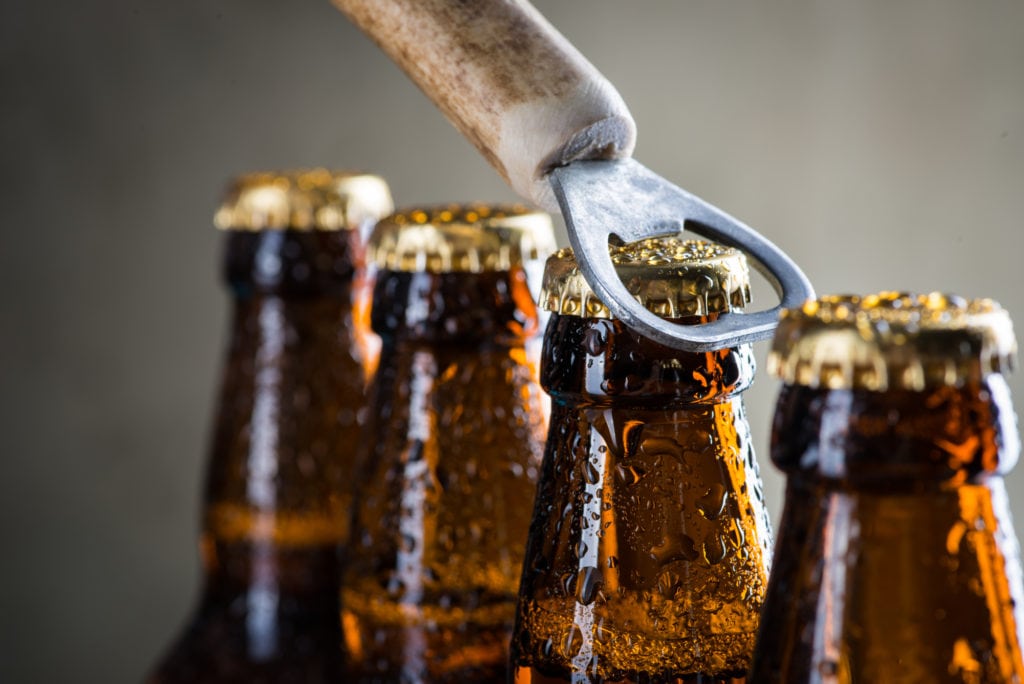
Logan decided to create a soft, insulated, iceless cooler that keeps beer cold for seven hours. And after the class presentation, the group realized there was an eager market for this type of product. Well, everyone was on board except their professor. The guys only got a 'B' on the project.
In May 2017, Logan, Teddy, and Austin co-founded Kanga Coolers. The Kase Mate, an oversized koozie that can fit a case of beer, was the brand's flagship product. Logan became CEO, while Teddy and Austin took over as Head of Media & Branding and Head of Sales.
But it wasn't smooth sailing right out of the gate. Although the guys had plenty of ambition and a kick-ass product, there was one thing they didn't have—money. Friends and family encouraged them to check out Kickstarter for funding, so they did.
None of the co-founders knew a thing about running a crowdsourcing campaign, but they did have a winning idea on their hands. In October 2018, Kanga's Kickstarter project raised over $34,000 from 496 backers.
In the first six months of operation, Kanga generated $103,000 in sales. Nearly 30 percent of that figure came from the Kickstarter campaign. The remaining 70 percent were corporate customers who wanted to order custom versions with their company logos.
Now it was time to hit up some big-league players in the business world.
Even Sharks Prefer Cold Beer
Turning in a class project was nothing compared to Kanga's next big adventure. In April 2019, the trio made an appearance on Shark Tank. They sought a $100,000 investment in exchange for a 10 percent equity stake. And the guys showed up prepared and ready to open an ice-cold can of beer.
"Think about it, Sharks. If the case of beer is already cold when you get it, why not just keep it cold the entire time you're actually going to drink it?" Logan asked the panel. The guys then demonstrated the flaws in other coolers. Heavy-duty varieties cost hundreds of dollars and weigh about 50-pounds each. Who wants to lug that around? And while styrofoam doesn't require as much muscle, it's not reliable and breaks easily.
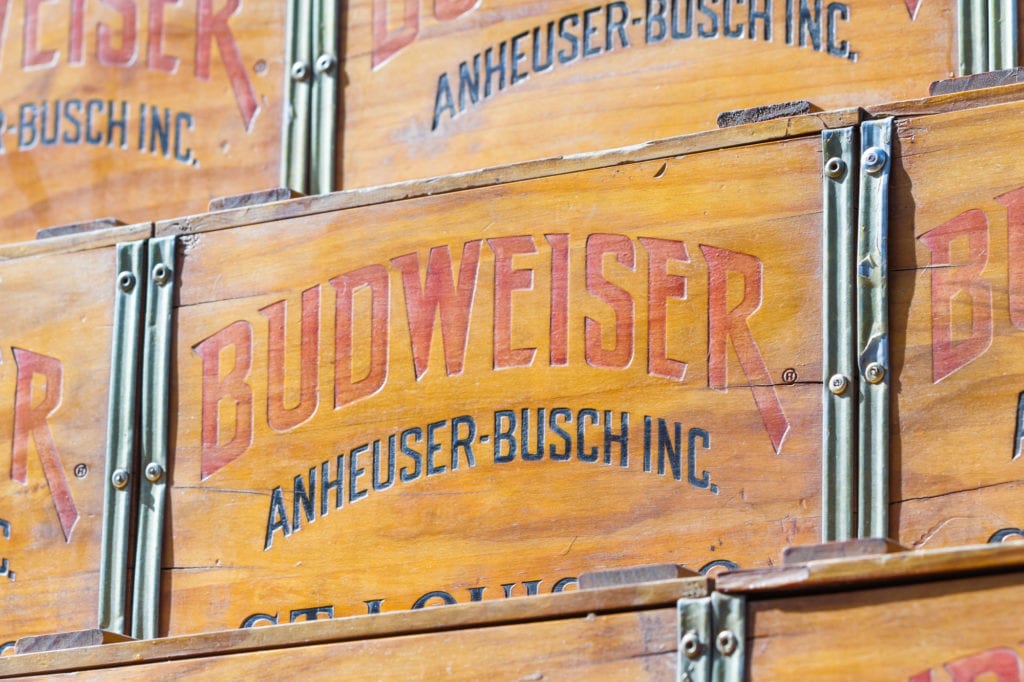
During their 7-minute pitch, the trio impressed the Sharks with promising sales and decent profit margins. At the time, each Kase Mate cost about $9.60 to produce and sold for $29.99 and up, depending on the size. It also came to light that a Kanga Cooler and Anheuser-Busch collaboration was already in the works. The brewer wanted to purchase 10,000 units to sell alongside its famous beer.
But did Shark Tank invest in Kanga Coolers? It didn't take much to convince Mark Cuban to make a take-it-or-leave-it offer: $100,000 for 20 percent equity. The co-founders accepted without hesitation, and Teddy celebrated the deal with a backflip.
And 7-minutes of fame turned into thousands of sales. With funding in hand, the guys were able to grow Kanga at a rapid pace. By June 2019, the brand finally moved out of Logan's mom's basement into a grown-up company headquarters they coined "The Fun Factory." As of June 2021, the company earns over $3 million annually in revenue.
Words of Wisdom to Build a 7-Figure Business
Logan, Teddy, and Austin only invested $833 each to found their brand. Today, Kanga Cooler's revenue is about $250,000 per month. But how did this college-aged trio grow a 7-figure business in just a few years? Here are some scaling tips they recommend other entrepreneurs follow:
First, start with something that pisses you off.
Launching a business requires raw passion and emotion, and "pissed off" is one of the strongest emotions out there. For Logan, Teddy, and Austin, nothing pissed them off more than sipping warm beer. While it may seem trivial to some, it drove them crazy. And they knew there was room for improvement.
If something irritates you to the core, there is a good chance others feel the same way. That's your target audience. And once you create a solution for your problem, marketing to your core audience will be a piece of cake.
Take advantage of segmented marketing.
Kanga grew quickly, but that wasn't accidental. After all, the co-founders all studied marketing, and the brand had a secret weapon up its sleeve—segmented marketing. As Teddy bluntly states, "The biggest growth strategy is to SEGMENT!"
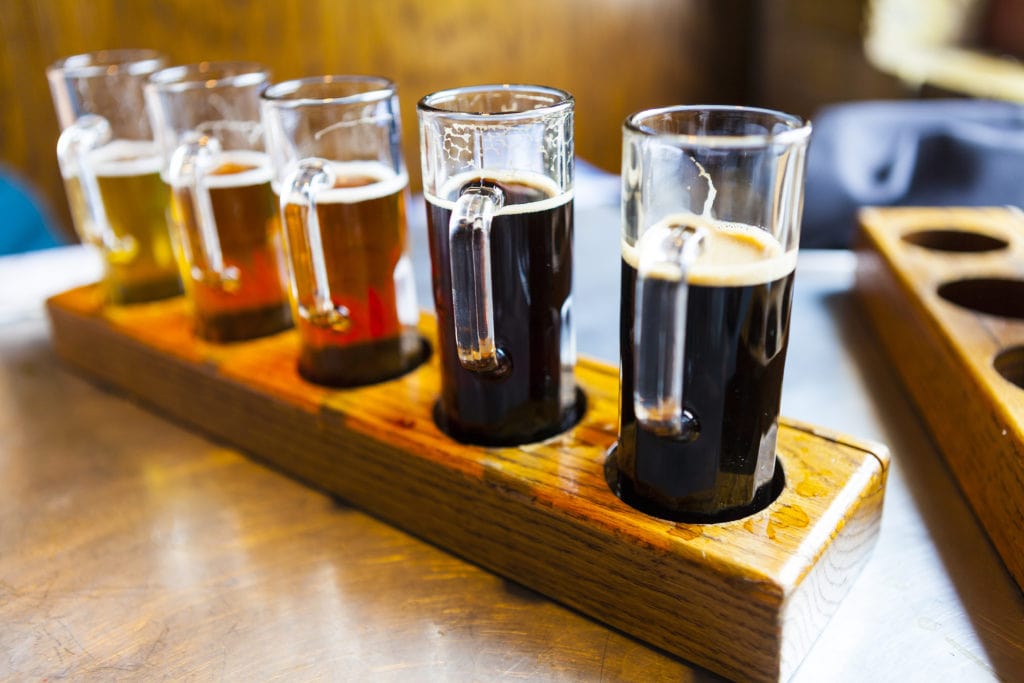
How does segmented marketing work? Once you identify your target audience, it's time to divide them down into even smaller categories. You can rely on analytics to help break down social networks into more refined focus groups. Segmenting your audience increases engagement, and you don't need a big budget to make it work. This strategy allowed Kanga to generate an over 4:1 ROI while spending less than $500 per day on advertising.
Never underestimate the power of social media.
Since its launch, Kanga has maintained an active social media profile. Curious shoppers can interact with the brand on all the typical platforms, including Facebook, Twitter, and Instagram. The company even posts regular videos on its YouTube channel. However, Teddy credits much of the brand's unstoppable growth to jumping onto TikTok very early in the game. Kanga reaches over 9-million users each month on that platform alone—and it's all organic.
Thanks to social media, Kanga more than doubled its audience in an extremely short period. And it's something the co-founders suggest all brand owners try. Social media is cheap; it costs nothing to post content. It provides an organic way to connect with your target audience. Brand owners can also read comments and engage on social media to discover ways to improve.
Tailor content to meet your audience's needs.
Some brands don't get instant results from social media, so instead of tweaking their strategies, they throw in the towel. But as Teddy states, "Engaging content isn't always converting content." Although people may interact with a particular post, they may not entice them to interact with sales funnels. That's when it's time to rethink your content.
Kanga ran into this problem a few years ago, but instead of walking away from social media, the founders decided to seek advice from a third-party advertising firm. The guys had to set aside their marketing backgrounds and their egos to make this move. But ultimately, they found an agency that provided the brand a constructive outside perspective. Besides, it's unrealistic to do everything on your own.
Ease inventory issues with smart pricing.
Growth is crucial, but scaling too quickly can lead to an early demise. Kanga experienced this firsthand. During its early years, the co-founders worked relentlessly to build an excited audience and create effective sales funnels. And it worked—a little too well.

The result? Kanga found themselves selling out of products faster than they could restock. This scenario may sound ideal to an eager entrepreneur. But once you’ve sold through, you finally understand why running out of inventory is bad. Waiting for restocks frustrates customers. You lose your momentum if you ease back on your marketing. Then you have to turn it all back on. One sell-through, and the team realized how important it was always to have inventory on hand and ready to ship.
To resolve this issue without losing customers, the co-founders stopped offering incentives that weren't necessary. It’s a move they might have made much sooner - and one any brand that’s scaling should consider. After all, the demand for the product already existed.
By reducing the incentives for sales, they increased their margin. Having more margin freed up funds for more inventory. By solving this problem, you may never find yourself peering into an empty warehouse again.
Build a team of polar opposites.
Most people believe they should go into business with like-minded individuals who share the same abilities. However, opposites attract, and the Kanga co-founders seek to hire individuals who possess entirely different skill sets.
Working with people who think differently helps companies break boundaries. These employees bring something unique to the table, and they may have a better way of looking at things. The more personalities you can hire, the more your team will challenge you. As Teddy states, "When you are given the freedom to take risks, the company will begin to piece itself together like a puzzle."
Learn to embrace failure.
Not every product is an instant success. Not every marketing campaign draws in more traffic. And not every social media post produces engagement. But guess what? Your brand will learn and grow from past errors. "The most effective way to sell is through knowing what your customers don't want," Teddy explains.
The fear of failing haunts many entrepreneurs—it's the main reason people with great ideas never see them to fruition. Instead, you need to change your mindset and learn from your failures. The insights Kanga discovers from its failures are more valuable than the ones it gets from its successes.
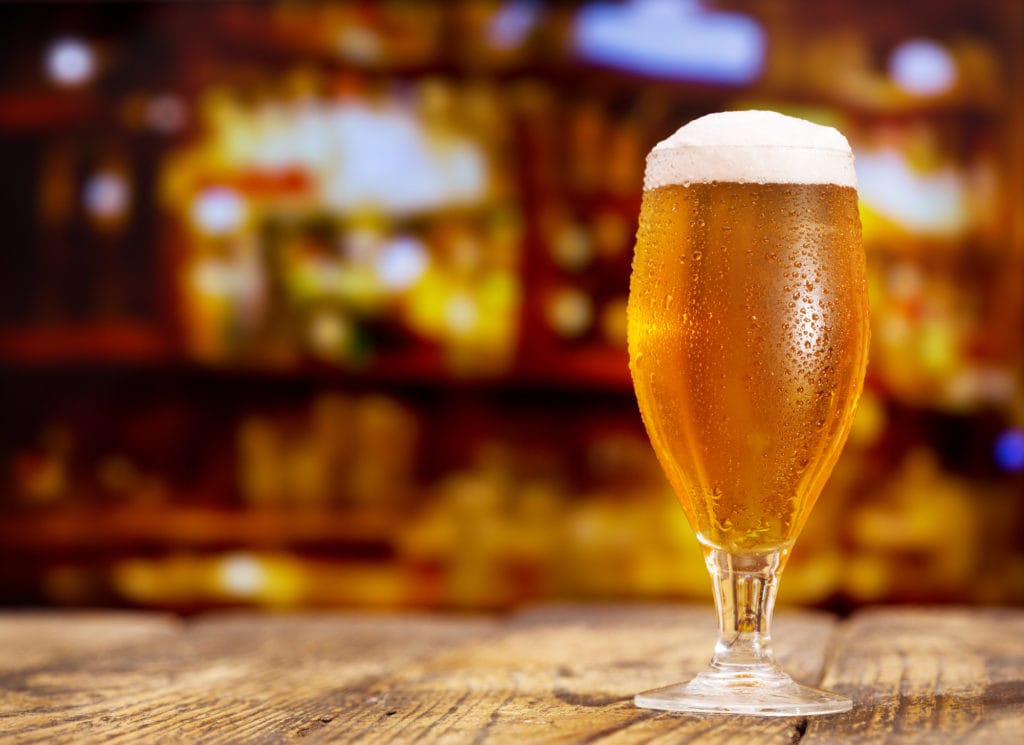
Enjoy the journey, take a long-range view.
Life is short, and you should enjoy the ride while it lasts. So what if you don't meet your goals one day or have a less-than-lucrative product launch? You still need to feel the passion and desire to pick yourself up and move forward. It's not always easy to do, but it's a lot more productive than worrying about the past. Teddy states that Kanga chooses to "keep our headlights on and review mirrors disengaged."
Curious Facts About Kanga
You may have some other burning questions now that you know how Kanga grew from $0 to 7-figures. Let's answer them before you go:
Who invented Kanga Coolers?
Logan LaMance, Teddy Giard, and Austin Maxwell designed the first Kanga Kase Mate after realizing traditional coolers weren't cutting it. At the time, the three were students at Clemson University.
Who owns Kanga Coolers?
Logan LaMance, Teddy Giard, and Austin Maxwell are the co-founders and owners of Kanga.
What's a Kanga?
Kanga is slang for kangaroo, and it's also an e-commerce brand that sells beverage cooling accessories. Fun fact: Co-founder Teddy dressed up as a kangaroo for the company's Shark Tank pitch, and the marsupial is also the brand's mascot.
When was Kanga Coolers on Shark Tank?
The Shark Tank episode that featured Kanga first air on April 7, 2019.
Did Kanga Coolers get an offer on Shark Tank?
Yes! Mark Cuban offered $100,000 for a 20 percent stake, and the co-founders enthusiastically accepted.
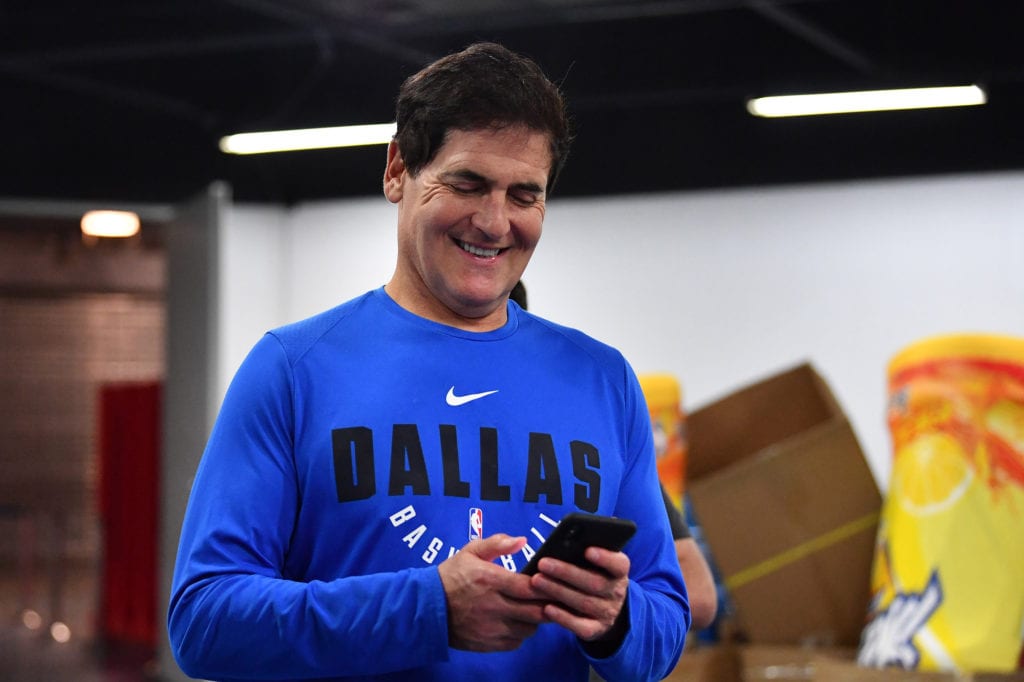
How much is a Kanga cooler?
Currently, a 12-pack Kase Mate starts at $39.95. It's available in multiple colors, including mint green, navy blue, pastel pink, turquoise, and Kanga Cooler camo.
Does Kanga have other products?
Yes, there are several. The brand launched initially with just the Kase Mate, but today, it also sells insulating backpacks, draft tops, and the Roozie (a play on the traditional koozie).
Enjoy a Cold Beer Thanks to Kanga
Logan, Teddy, and Austin believed no one should suffer through a warm beer ever again. While it may not seem like a critical problem to everyone, it resonated with enough people to make Kanga one of the fastest-growing brands in the last few years. Today, the Kanga Cooler net worth 2021 is on track to surpass $3 million.
And even with their success, these savvy founders don't consider themselves entrepreneurs. Instead, they believe that's a title someone else should hand you, not one you should give yourself. They are owners first and foremost. And adopting this owner mindset will also help scale your next venture faster than you ever thought possible.
The Owner's Model is exactly what we teach inside the Capitalism Incubator. Rather than bootstrapping and trying to learn and master a long list of crucial skills, owners only have three major jobs to do. First, they craft a vision for the business and share it with others. Second, they get the right people on their team (including experts who specialize in those skills). Third, they make sure their business never runs out of money.
Even those three jobs can sound daunting, though. In order to do them successfully, you will need a combination of coaching, ideas, mindset training, connections, and funding - and probably all of the above. That's not to say you can't build something amazing all on your own... because you can. We've heard from many, many successful brand owners who built their companies based entirely on free advice from our podcast, YouTube channel, and written content.
But you can do it much faster with the right pieces in place. And that's what happens when you join the Capitalism Incubator. You can find out more and submit your application right here.
